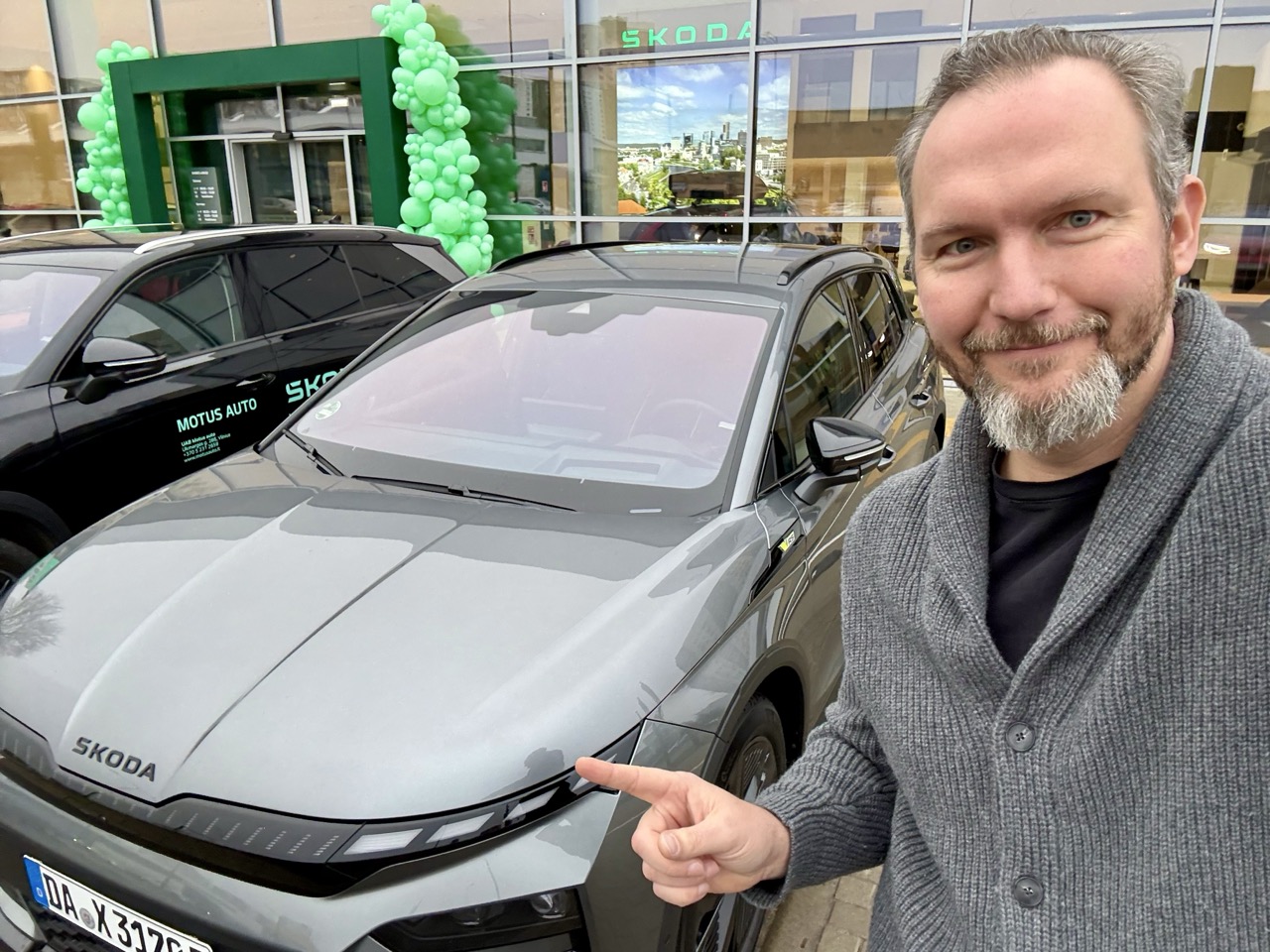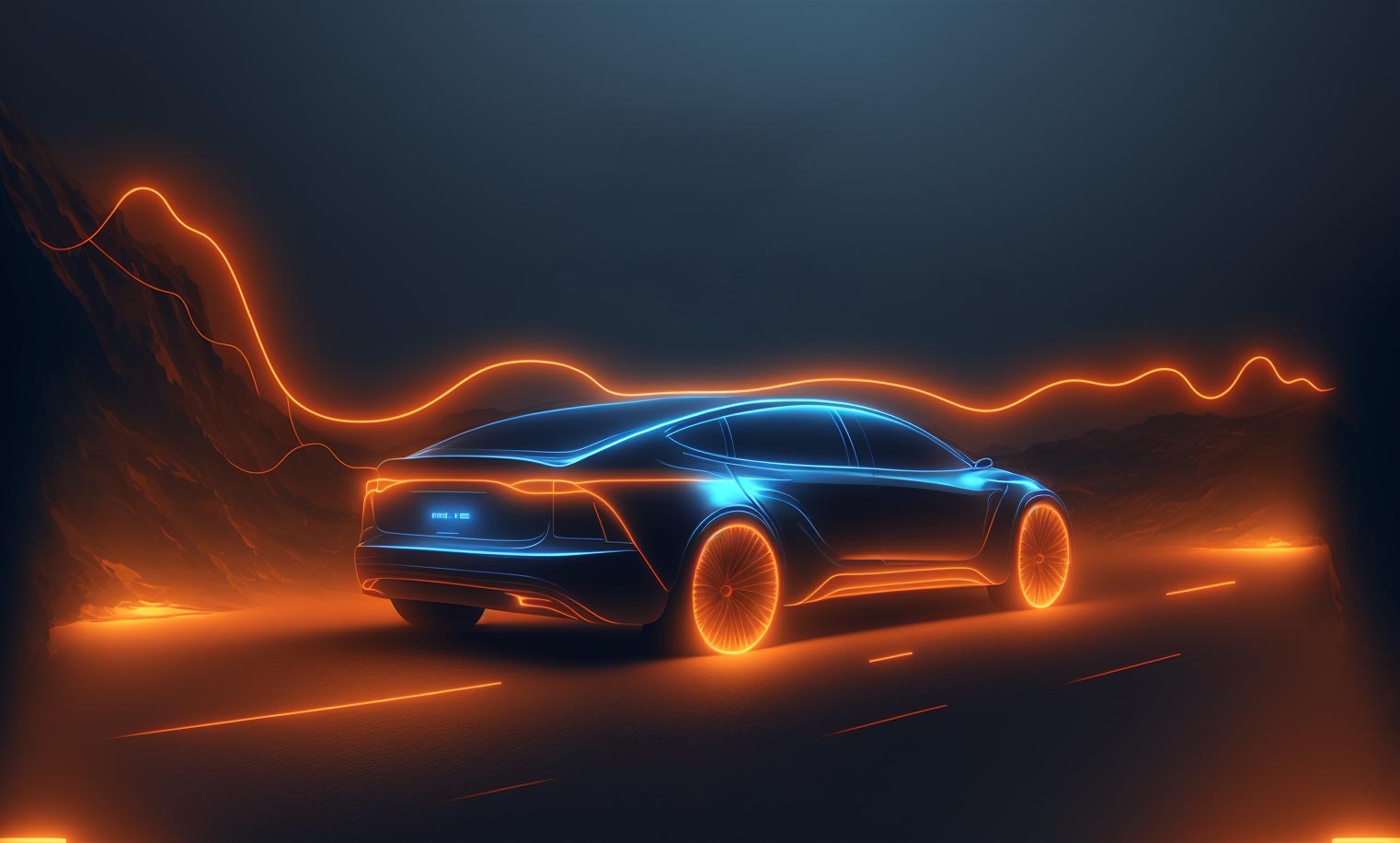
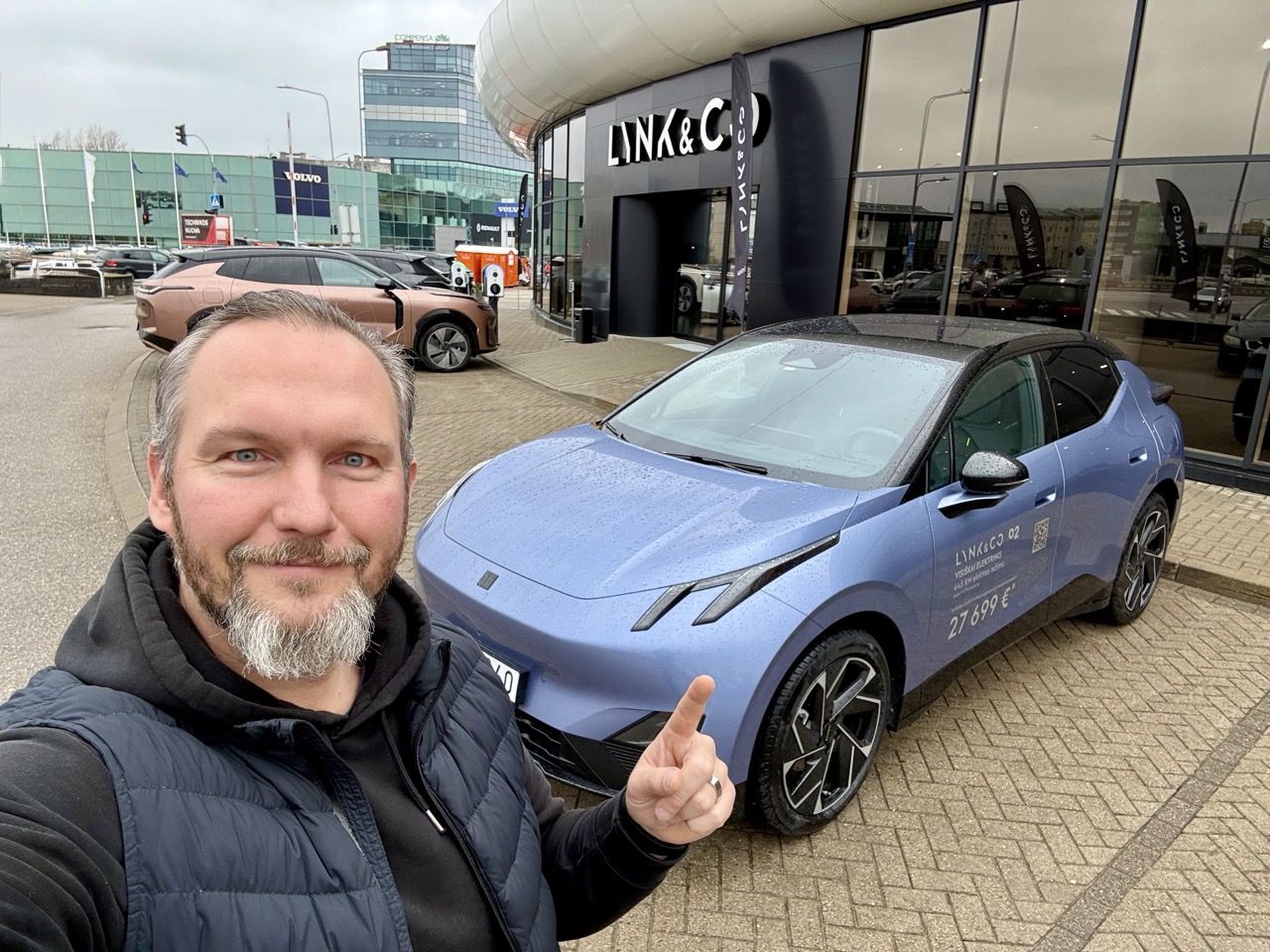
LYNK&CO 02
A rainy, chilly autumn weekend and 500 km
🌐 Brand philosophy and name origin
The name Lynk & Co comes from the English word “link” – symbolizing connection, community and shared mobility. Meanwhile, “& Co” stands for “and company” – emphasizing the idea of being more than just a car brand, but rather an innovative mobility club that connects people, technology and services.
Interestingly, Lynk & Co – as far as I know – was among the first carmakers to integrate a car-sharing feature directly into its mobile app. In some markets (unfortunately not yet in Lithuania), owners can rent out their own EV to other Lynk & Co users via the app when they’re not using it. To activate sharing mode, all you need to do is pull a special strap next to the steering wheel – and your car becomes available to another registered user.
It’s a bold and modern concept that challenges the traditional idea of car ownership. Whether it becomes widely adopted remains to be seen – after all, it’s not easy for every owner to let someone else use their personal EV, even for a fee. Still, it’s a fresh, forward-thinking and distinctive approach, perfectly matching the brand’s philosophy.
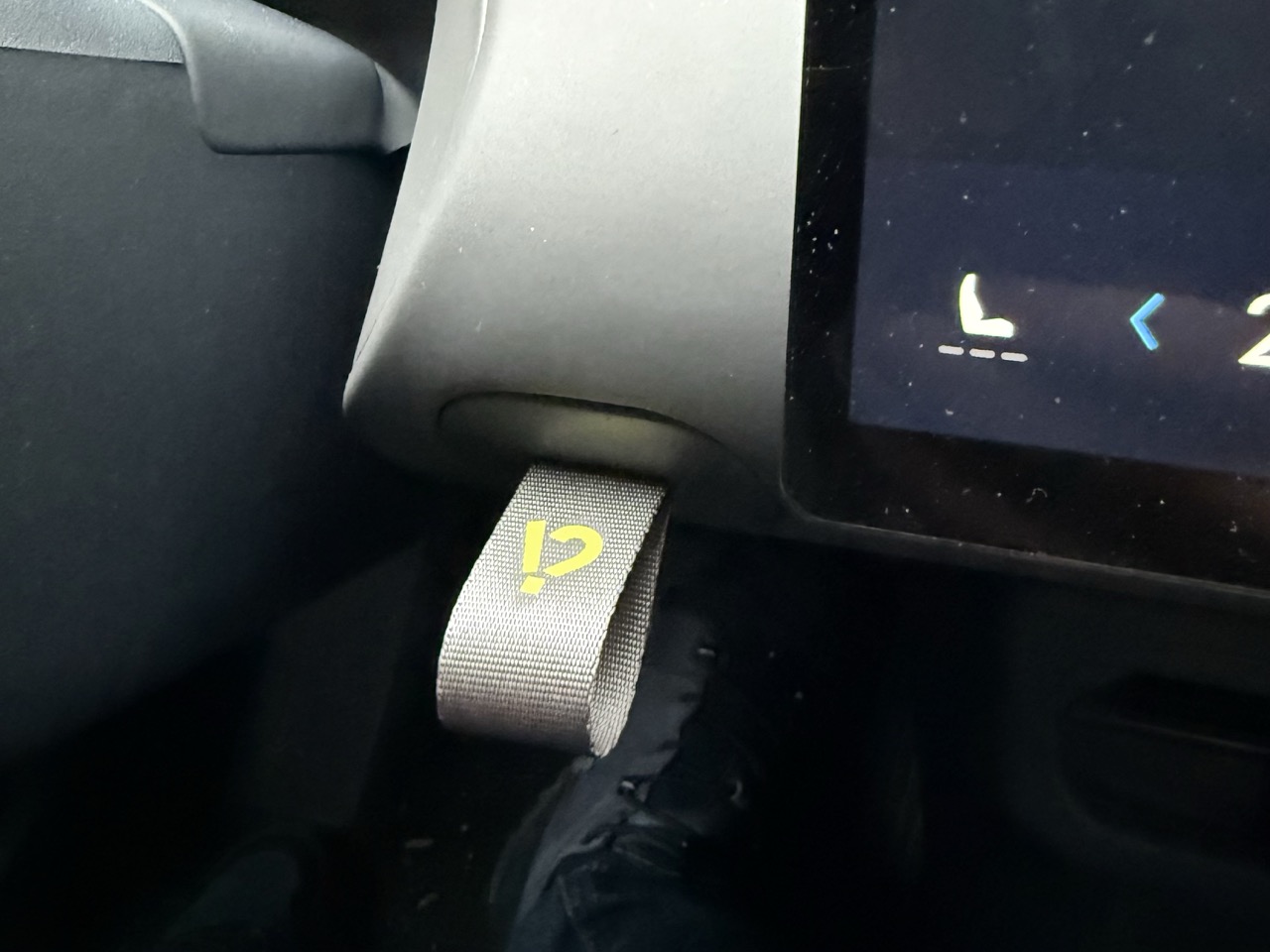
💎 Quality impression
Both inside and out, the Lynk & Co 02 looks and feels more premium and solid than you’d expect for its price tag. If it weren’t for the promotional stickers highlighting that this EV (after state incentives) starts at €27,699, many would never guess it costs that little.
⚡️ Real-world range
Over the weekend, I tested the Lynk & Co 02 both in the city and on the highway (at up to 130 km/h). The weather was far from ideal – heavy rain and temperatures below 10°C, both of which are challenging for EV efficiency.
Before testing, I estimated around 370 km of range with an average consumption of 18 kWh/100 km.
In reality, I achieved:
🔹 Average consumption – ~21.8 kWh/100 km
🔹 Real-world range – around 300 km
On the highway, driving at maximum allowed speed and in bad weather, consumption rose to ~29 kWh/100 km. That’s not a flaw specific to Lynk & Co – any EV would show similar or even higher numbers under such conditions. The key takeaway: at high speeds and in cold, wet weather, energy use can easily reach ~30 kWh/100 km.
🔌 Charging performance
AC charging. I was pleasantly surprised that the Lynk & Co 02 comes standard with 22 kW AC charging capability. This is quite rare in this segment (most EVs offer only 11 kW), so if you have a 22 kW home charger, you can halve your charging time. In practice, that means adding about 100 km of range in roughly 1 hour.
DC charging. Things are a bit more conservative here: at a 150 kW fast charger, the peak power reached just over 100 kW, while the average stayed around 70–75 kW. Charging from 20% to 80% took longer than expected, most likely due to low ambient temperatures and the lack of a battery preheating feature. Hopefully, future software updates will introduce a battery preconditioning function, which would improve charging speed in colder weather.
For now, the advertised 150 kW is achievable only in warm conditions. At an average of around 70 kW, adding 100 km of range takes about 16 minutes – decent, but many rivals manage faster ⚡️
🖥️ Controls and ergonomics
It’s a bit surprising that the Lynk & Co 02 doesn’t run on an Android-based operating system, unlike other models from the Geely group. Nevertheless, the large central touchscreen proved to be clear, intuitive and easy to use. That said, those who prefer physical buttons might be disappointed – nearly everything is controlled via the touchscreen.
One thing I missed was a simpler way to mute alerts and warning sounds. A customizable steering-wheel button for this purpose would be very convenient. At the moment, you have to dive into the menus manually each time you start the car to disable them.
🚘 Driver-assistance systems
As a big fan of ADAS features, I was curious to see how they performed here.
On the highway, the systems worked reasonably well – the car kept its lane and reacted properly to surrounding traffic. However, in poor weather conditions, several times a warning popped up stating that assistance systems were temporarily unavailable, and they would disengage until the weather improved.
On rural roads, the systems felt a bit too aggressive – the car would frequently make steering corrections, giving a slightly nervous impression. There are EVs whose ADAS calibration feels smoother and more precise, so there’s some room for improvement here.
🔋 V2L – a pleasant surprise
Exploring the vehicle’s settings, I discovered that the Lynk & Co 02 supports V2L (Vehicle-to-Load) functionality, allowing it to power external devices. Unfortunately, no adapter was provided with the car – the one needed to draw up to 3.3 kW from the charging port. Still, it’s a great bonus feature that turns the EV into a mobile power bank for camping, home use or emergency situations.
🛡️ Safety
According to Euro NCAP crash tests, the Lynk & Co 02 ranks among the top 10% safest EVs currently on European roads – an excellent achievement that inspires confidence for both driver and passengers.
🛞 Ride comfort and space
Although not a large car, its long wheelbase gives the Lynk & Co 02 a stable and composed ride, effectively absorbing road imperfections. Comfort levels are high – the car feels well-balanced and reassuring.
The extended wheelbase also provides good interior space. At 1.92 m tall, I easily found a comfortable driving position, and even when the front seats were adjusted for my height, there was still plenty of space in the back. For four adults, this EV feels perfectly comfortable.
One minor note: the seat cushions could be a bit longer – taller drivers might wish for more thigh support on longer journeys.
Overall though, the ride comfort and interior space are exactly what you’d expect from a well-designed compact crossover.
🏁 Final thoughts
To sum up, the Lynk & Co 02 is a truly impressive EV.
Considering the equipment, comfort, build quality and performance it offers for this price point, there are very few real alternatives in today’s market.
If you’re looking for a second family car, this could be an ideal choice. And even as a main family car, it’s a great option – just keep in mind its somewhat modest fast-charging speed. If you don’t frequently take long road trips, it will fit perfectly into everyday life – commuting, school runs, or weekend getaways.
It’s great to see that the EV market in Lithuania is expanding so quickly, giving buyers access to increasingly compelling and competitive options.
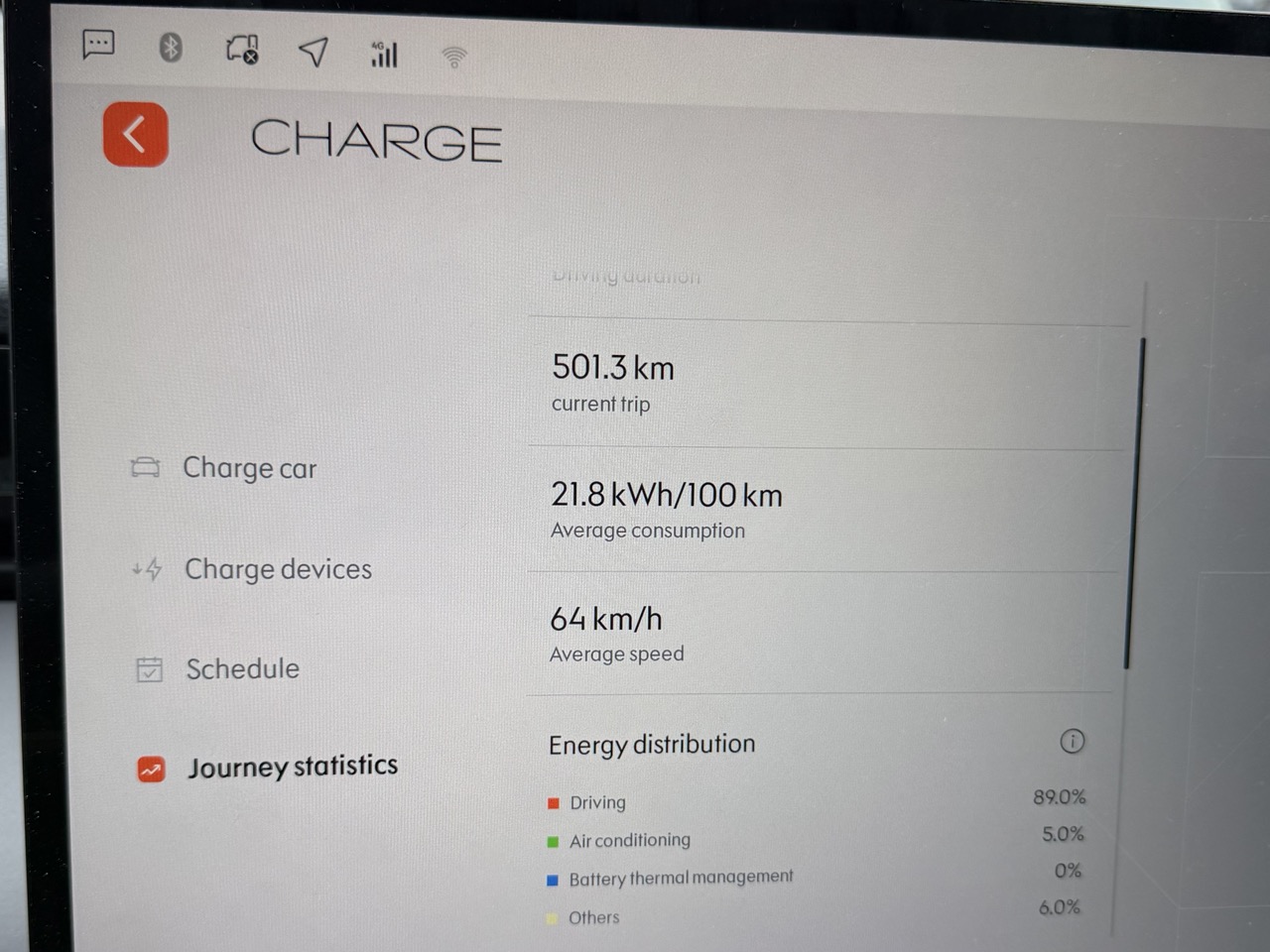
Other articles in this category: EV News , or by tags: #BESTEV4ME, #Tadas_Ratkevicius
